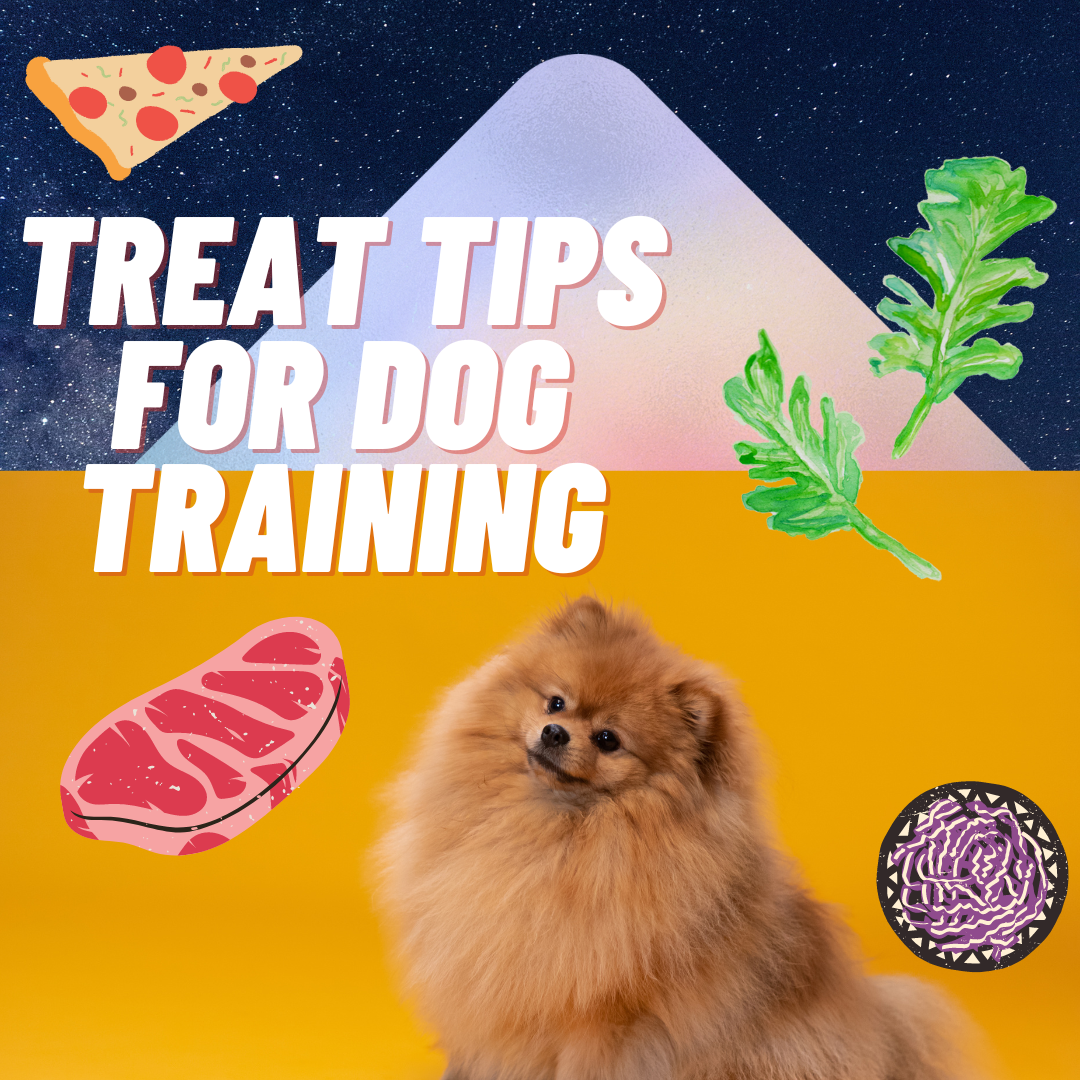Up your Treat Game
Use food in dog training creatively and strategically to get the most out of your training sessions. Choose food that your dog finds delightful. It’s important to know what your individual dog loves, not just what you think a dog should like. Want to create positive associations (classical conditioning) and increase behaviors you want to see more of (positive reinforcement)? Use food in training your unique dog truly loves. Consider your dog’s unique health needs, including allergies as well.
Get strategic with portions
You don’t need to use large quantities if you use food your dog is stoked about. You can cut solid food like meat or treat logs into many, many small pieces. Think squishy & stinky vs huge pieces for high impact. If you’re using a wet food, such as cottage cheese, chicken baby food or your dog’s own wet food, you can provide just a couple of licks at a time in training.
Switch it up!
Some dogs will be especially delighted by novelty. Rotate different treats between sessions or use multiple kinds within a session. As a volunteer with shelter dogs at SF SPCA over a decade ago, I learned that successful dog training required that I bring a variety of food items to each session. Bringing just one type, even if it was something that seemed special (like cheddar cheese) meant risking a dog not being motivated by my offering or getting bored with it early into the session.
Be smart about where you feed the treat
The location you deliver a treat in impacts what your dog does. What behavior do you want to encourage? If you toss a treat, you’re encouraging a dog to move in that direction, which is sometimes desirable and other times not. If you hold a treat up high, a dog may jump up toward it, and if you hold a treat on the ground, the dog may bow or lie down. Want a dog to stay in one position/location for a while? A lickable item can help, either from a cup, bowl or on a lick mat. There are so many possibilities to play around with here. I find this part of training to be really fun; playing around with mechanics to optimize training!
Want to take your dog training to the next level?

